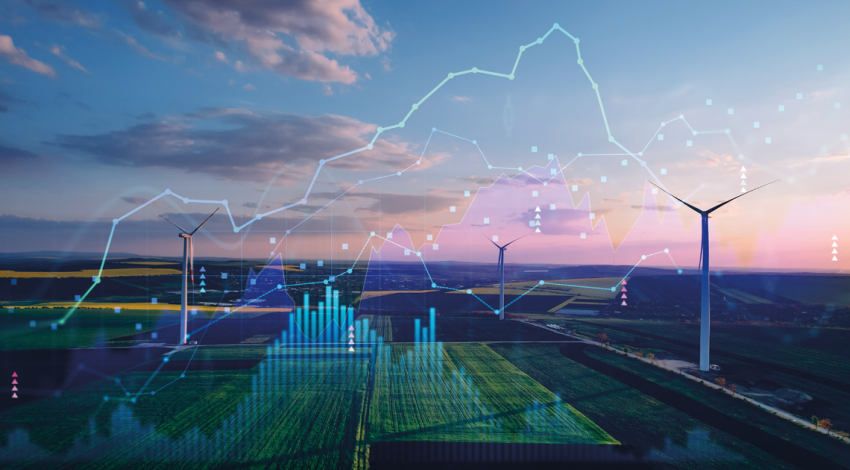Pat O’Loughlin’s first column in what was then Country Living magazine, upon his elevation to president and CEO of Buckeye Power and the co-op statewide association in 2015, took note of “interesting times.” Now, as he retires from the post, he says the times are b
Nevertheless, the U.S. EPA had just issued a set of new regulations that Cardinal was unlikely to be able to meet, and while the Supreme Court eventually struck down those rules, more have followed. The polarization that has divided the American public on so many issues put a focus on electricity generation — while the rise of data centers, electric vehicles, and the like has driven demand for electricity to an all-time high. Interesting times (to say the least) for O’Loughlin and the co-ops.











